CUTTING GARDENS -
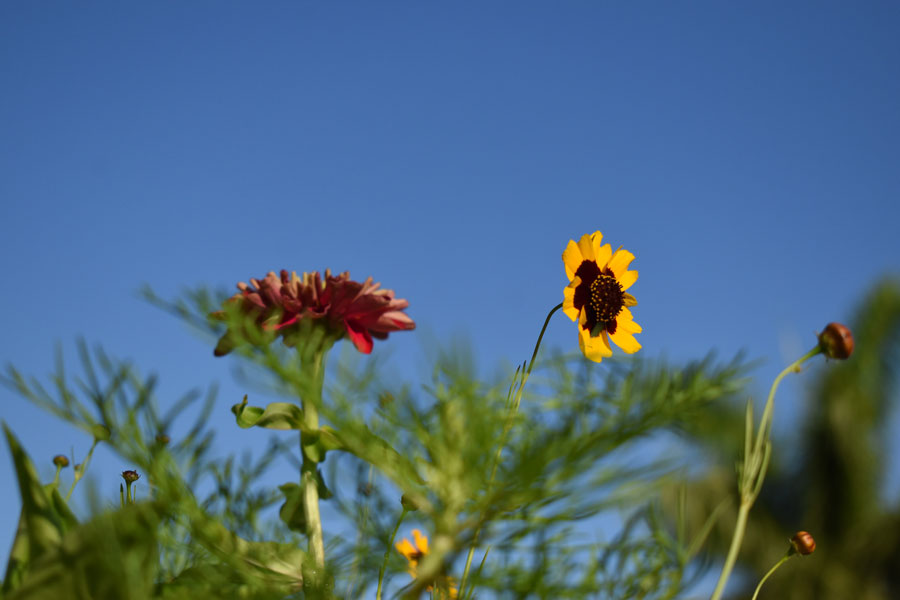 One of the nice things about gardening is being able to pick flowers to bring into your home. Do you have a problem doing so when the blooms have prominent roles in your entrance or patio planting? There is also the situation when you know the blooms will be beautiful for a day or two in the house, but if you left them in the garden, you could possibly enjoy them for a week or more. Of course, if you have an abundance of something like peonies or iris, or if windy, rainy, or frosty weather threatens, we have no problem with gathering in armfuls to enjoy inside.
One of the nice things about gardening is being able to pick flowers to bring into your home. Do you have a problem doing so when the blooms have prominent roles in your entrance or patio planting? There is also the situation when you know the blooms will be beautiful for a day or two in the house, but if you left them in the garden, you could possibly enjoy them for a week or more. Of course, if you have an abundance of something like peonies or iris, or if windy, rainy, or frosty weather threatens, we have no problem with gathering in armfuls to enjoy inside.
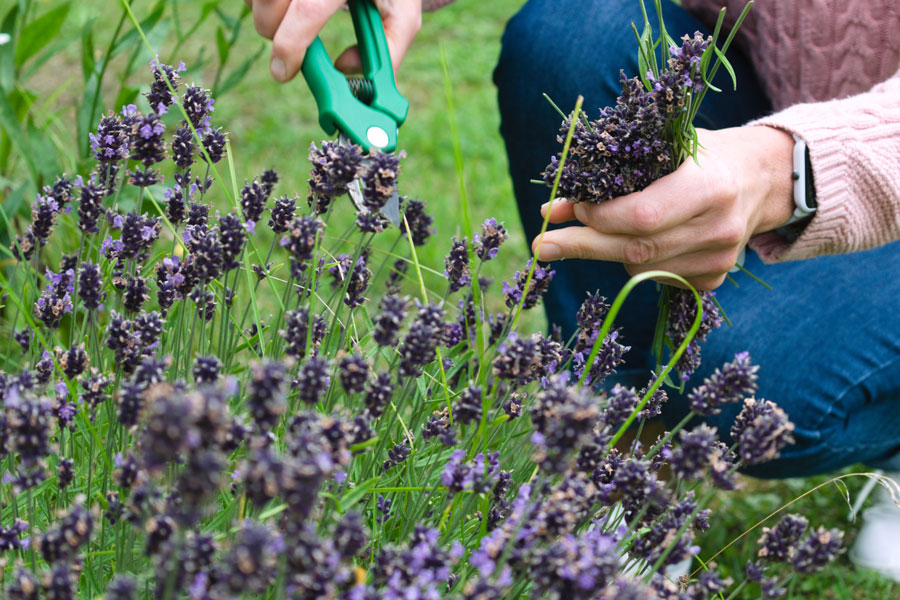
A cutting garden might be an option if you face the above concerns. It is dedicated to producing blooms to be cut, without worrying how the plants look in the more public areas of your landscape. The cutting garden can be hidden away in utility areas much like a vegetable garden, potting area, compost pile, or plant nursery.
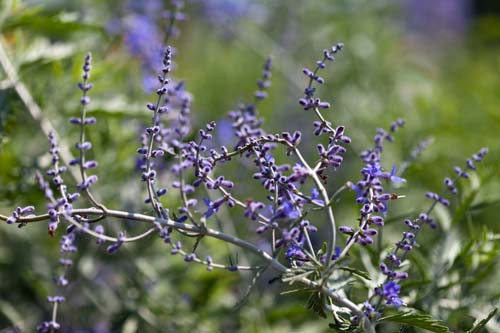
First, the soil can be amended and tilled each year for hungry annual plants. To minimize weeding and watering, the area can be mulched with less attractive black plastic or recycled grass clippings. Another plus is that tall or loose habit plants can be staked without concern for appearance using fencing or heavy-duty supports. You also can grow large quantities of one variety, which might overpower more subtle garden designs.
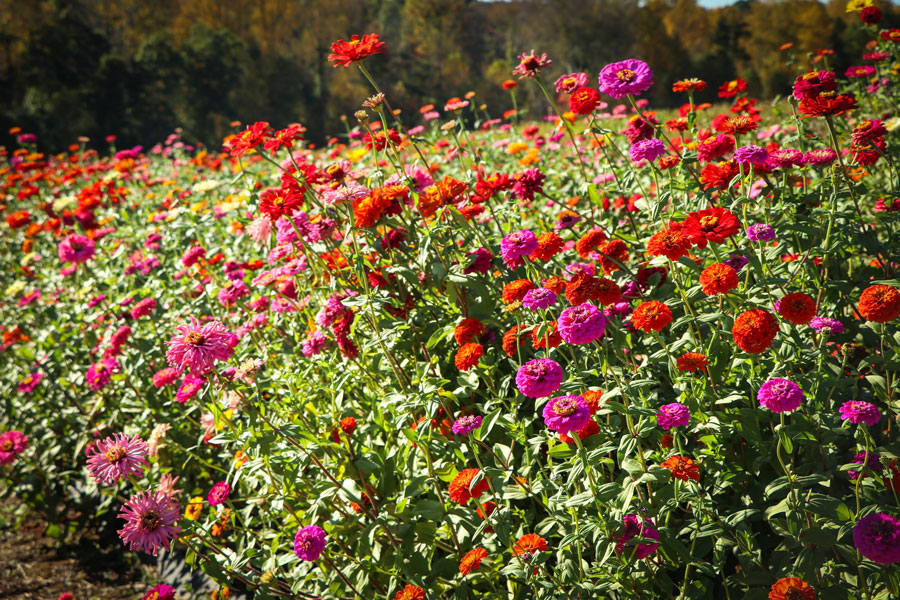
Some of the best candidates for this special area are annuals and summer bulbs. Annuals produce the greatest volume of bloom and most beg to be cut and then produce more flowers. Deadheading is minimal if you are cutting regularly. If a zinnia is a wrong color, you can remove the whole plant to allow others more space, with no concern about leaving a hole. Some summer bulbs are grown for one flower stem (like gladiolus) or are not hardy and need to be dug in the fall, so it might be convenient to have them located in the cutting area.
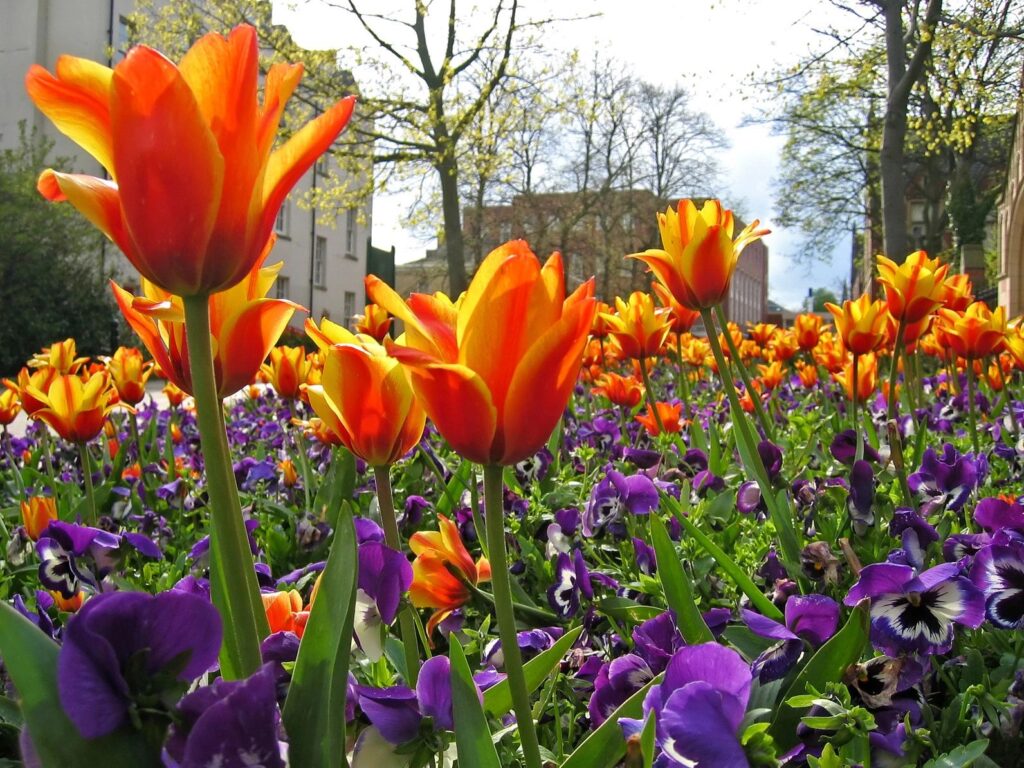
Care of the cutting garden is much like a vegetable garden. The plot should have fertile well-drained soil and receive at least six hours of sun per day for optimum bloom. In fact, vegetables can be mixed in this garden or maybe flowers planted in rows in the vegetable garden. Blooms are grown for quantity, which can be wonderful for spring and summer arrangements but also for growing plant material to dry for fall and winter arrangements and fresh or dried herbs. Can you ever have too much lavender, statice, celosia or broomcorn, or colored sorghum?
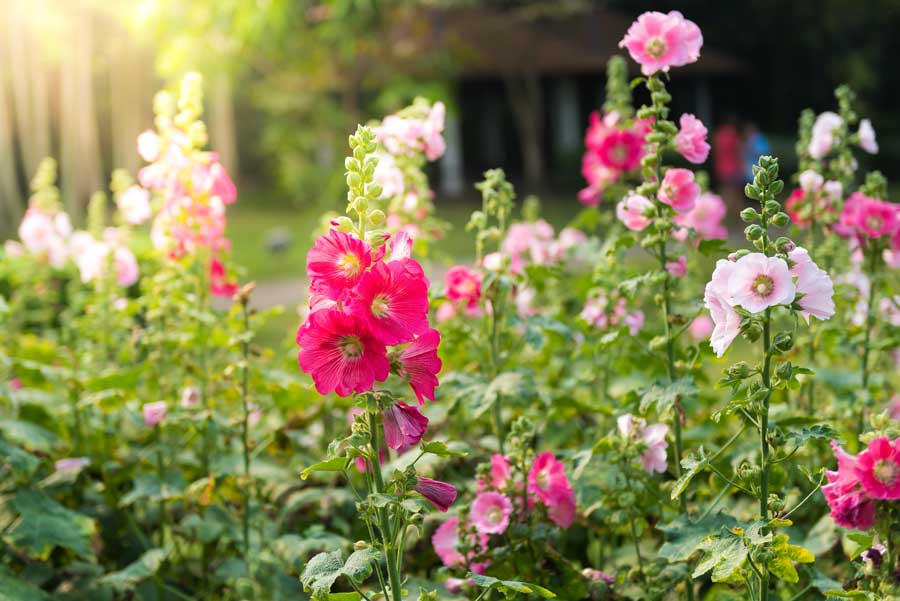
Here is a list of possible candidates, which are annuals and why you might want them in this special garden.
* Amaranthus varieties because they sometimes are large and gangly.
* Celosia varieties planted in place outdoors are reputed to develop much larger combs and plumes.
* Cosmos (Cosmos pinnatus) tall loose growing habit.
* Hollyhocks (Alcea rosea) frequently associated with alley and utility areas but comes in many colors.
* Larkspur (Consilida ambigua) provides many stems if cut regularly.
* Lavatera trimestris. Intense colors for cutting.
* Marigold (Tagetes varieties) colors or habit sometimes are a problem.
* Poppies (Papaver varieties) habit loose; amazing varieties available.
* Snapdragons (Antirrhinum majus) really need staking for straight stems.
* Sunflowers (Helianthus annus) great for arranging but don't always fit in the landscape.
* Sweet Peas (Lathyrus odorata) usually spring-blooming but if cut will continue blooming.
* Zinnias (Z elegans) amazing sizes, colors and species
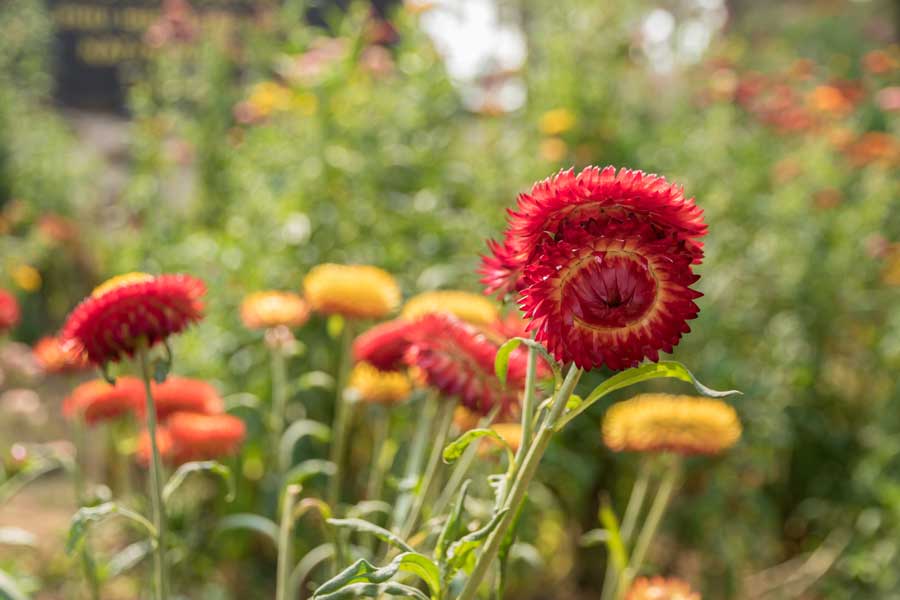
In addition there are wonderful everlasting annuals which you can grow in quantity for drying including:
* Pearly Everlasting ( Analphalis margaritacea)
* Globe Amaranth (Gomphrena globasa)
* Love In A Mist (Nigella damascena)
* Bells of Ireland (Nigella damascena)
* Statice (Limonium sinuatum)
* Strawflower (Helichrysum varieties)
If we add that group to the herbs we love to grow for cooking, crafting and fragrance, we can include many more plants including lavender, dill, basil and cilantro. Some other possibilities you might think about would be summer bulbs. If you dig and replace tulips and hyacinths each year, plant the 2nd year bulbs in a cutting area with some success. Consider other perennials. And you might decide that you should grow fewer green peppers or zucchini and replace them with rows of lavender and basil to fill your home with fragrance and your freezer. -Judy Ziemba, GCI Horticulture Chairman
Want to learn more about landscape design & installation faq?
Call Breezy Hill Nursery at 262-537-2111.
NOTE: Any of our sales associates here at Breezy Hill Nursery would be happy to answer your questions about planting and caring for your tree. Call us at (262) 537-2111.
Do you have Gardening questions? Please call or stop by our garden center.
You might also enjoy this post about common landscaping questions or this post about Cut Flower Gardening.

Comments are closed.